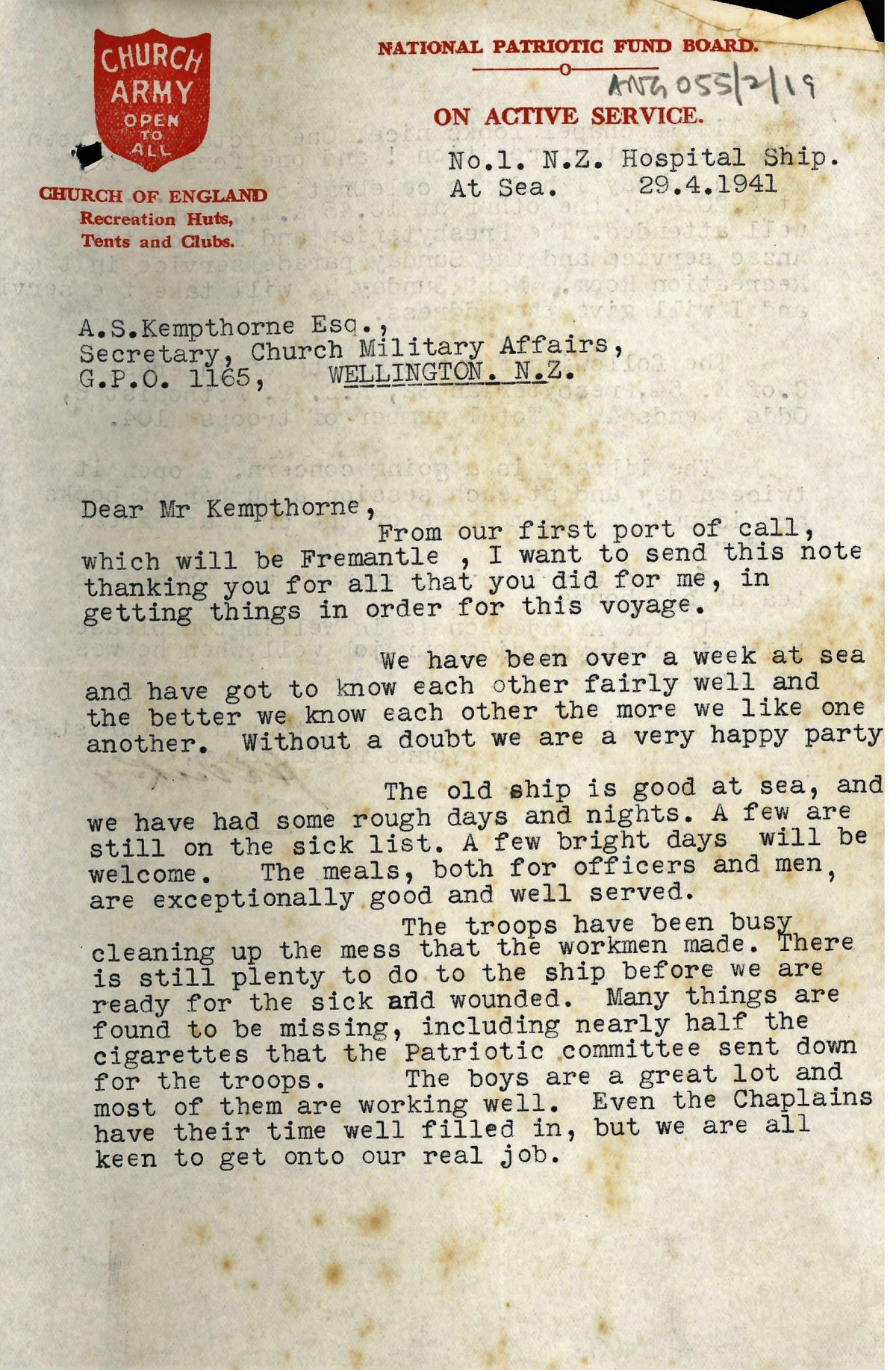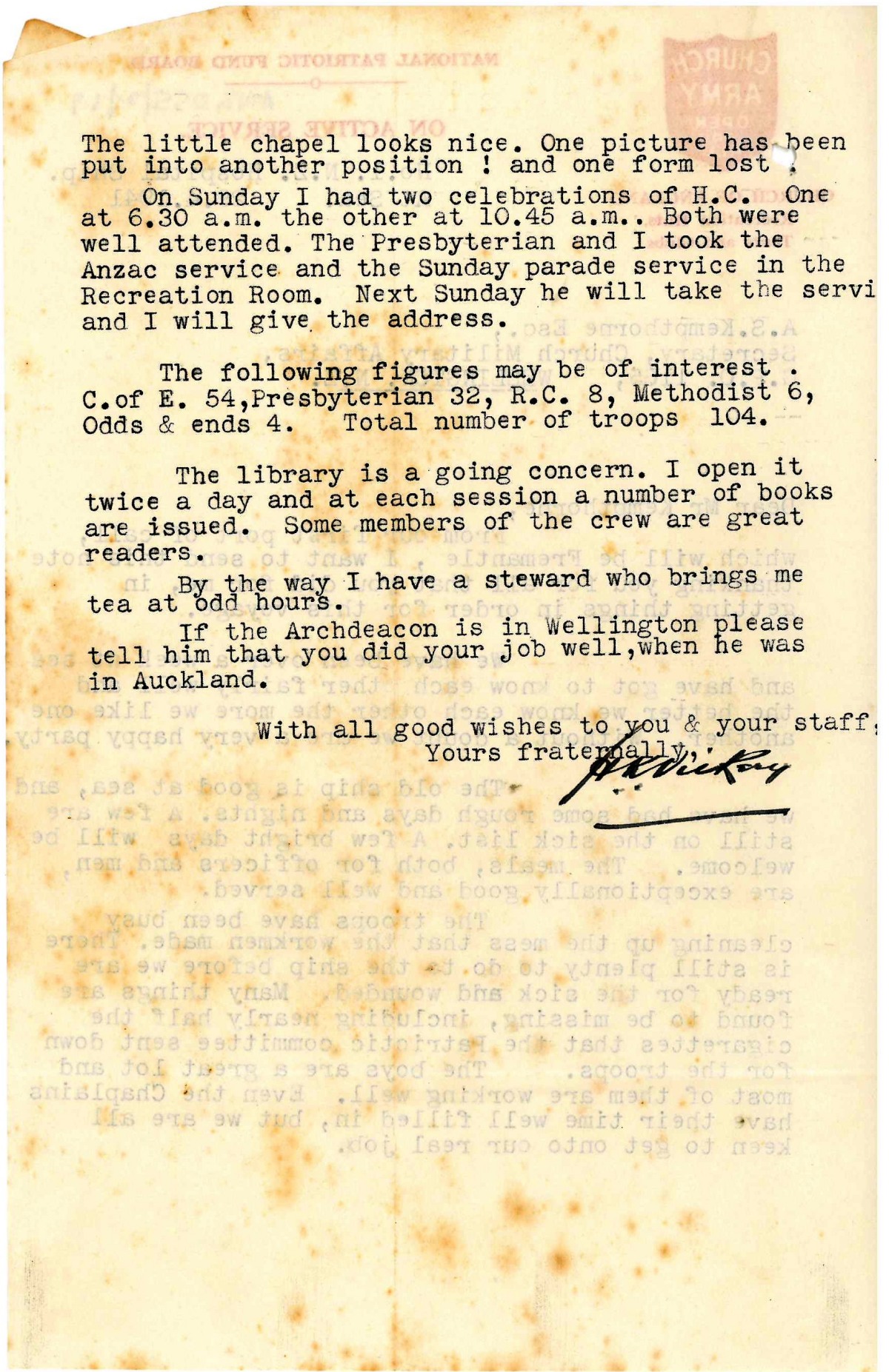In both the Kinder Library archives and the Archives of the Diocese of Auckland there are numerous stories, artefacts, and correspondence telling the tales of the reverends and chaplains in the world wars. Reverend Vickery was one such gentleman; he was a Hospital Ship Chaplain. This is a little of his story.
Reverend Hadden Kingston Vickery: Hospital Ship Chaplain
Reverend Hadden Kingston Vickery served in both World War I and II. During World War I, he served as a chaplain with the Australian Light Horse Field Ambulance Unit in Gallipoli between 1914-1916. After the war, Rev. Vickery was appointed as chaplain to the Seamen’s Mission in Newcastle, New South Wales and was the port chaplain with the Royal Australian Naval Reserve. He moved to New Zealand in 1928 after being appointed chaplain to the Seamen’s Mission in Auckland.
World War II had been underway just over a year when Rev. Vickery volunteered to serve as a chaplain on a hospital ship in 1941. He felt he could be of help and wanted to work with the crew and the wounded.
What is a Hospital Ship?
A hospital ship is a ship used by the military forces to serve as a floating medical facility in or near war zones. Although military attacks on hospital ships are prohibited, the ships are still at risk of being attacked, deliberately or by accident.
Rev. Vickery would have been well aware of the dangers involved with serving in a hospital ship, yet he chose to volunteer, showing his commitment to what he felt called to.
The HMNZHS Maunganui
Rev. Vickery was appointed chaplain to the hospital ship HMNZHS Maunganui, then on 29 March 1941, he wrote to Archdeacon Hawkins saying, “I thank you for giving me the opportunity of doing this special job on the hospital ship. I will do my best for the church and the men.”
The Maunganui was a ship of 7527 tons and, prior to the War, had been an oil burner owned by the Union Steam Ship Company. The ship could carry 390 patients and was fitted out with a well-equipped operating theatre, plaster and X-ray rooms, a laboratory, and a dental surgery. The ship was staffed by 104 medical officers, nursing sisters, and orderlies under the command of Colonel Murray with Miss Lewis as Matron.
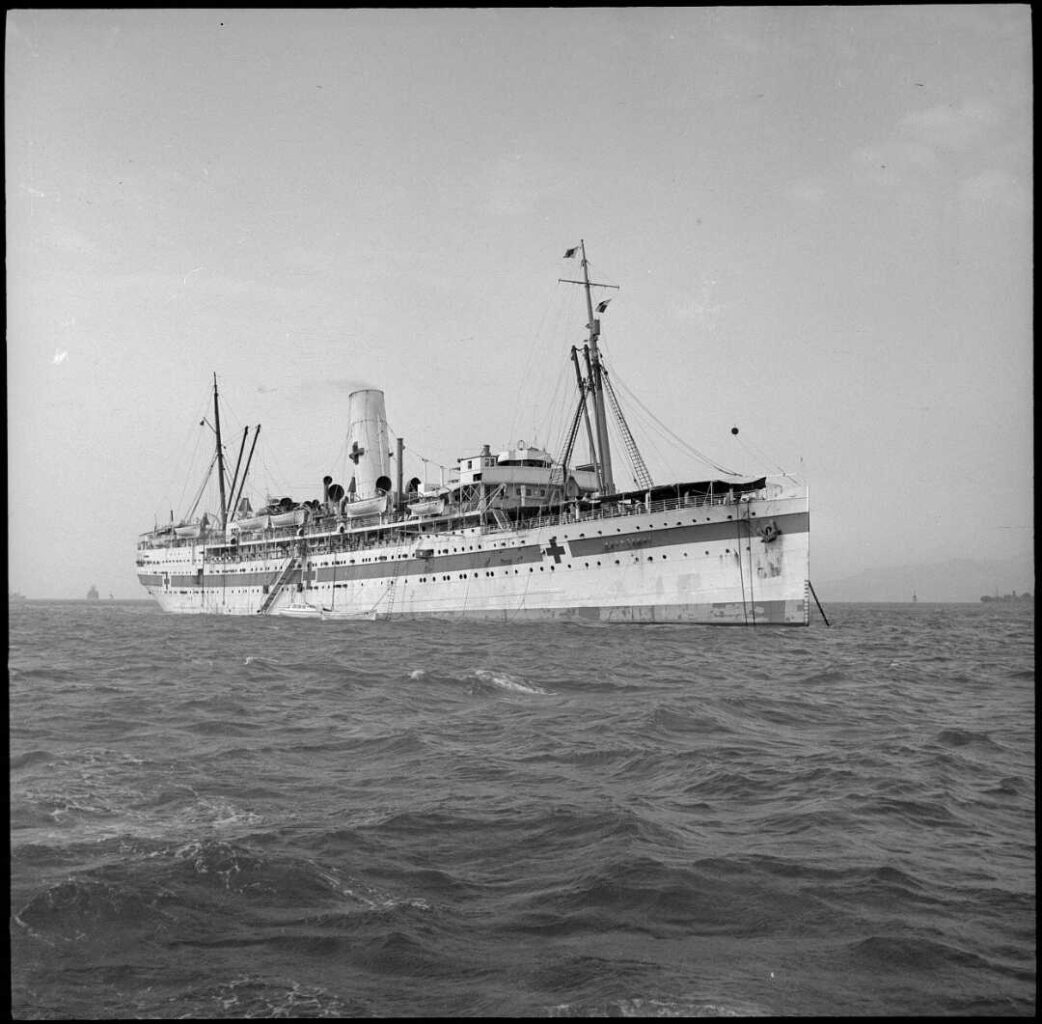
On the first voyage out to the Middle East, Rev. Vickery describes in a letter to Mr A. S. Kempthorne of the Church Military Affairs Committee how they were still getting everything cleaned and ready for the sick and wounded that they would be taking onboard. He mentioned how nice the little chapel looked and that he and the Presbyterian minister had jointly taken the ANZAC Day service.
On 22 May, NZHS Maunganui arrived at Port Tewfik, Egypt where she remained until 10 June to take the wounded from the battlefields of Greece and Crete. In his letters to the Church Military Affairs Committee, Rev. Vickery described the duties of a hospital ship chaplain. Every Sunday he would take two Holy Communion services, one at 6.30am and the other at 7.30am. On one occasion he describes how the seas had been so rough that the communion services were held with great difficulty and that the altar and chairs had been tossed about and the glass vessels broke.
There were many services aboard the Hospital Ship each week. A Parade service was held every Sunday at 10am which was jointly taken by Rev. Vickery and the Presbyterian chaplain. On Wednesday evenings a bible class was also held, and then there were weekly study circles. Every evening at 9pm, prayers would be broadcast through the wards.
The chaplains were responsible for the distribution of gifts, arranging sports competitions and social evenings, and they also dealt with censoring the outward mail and visited the wards daily. Rev. Vickery was also in charge of the library, which he found experienced a great deal of demand.
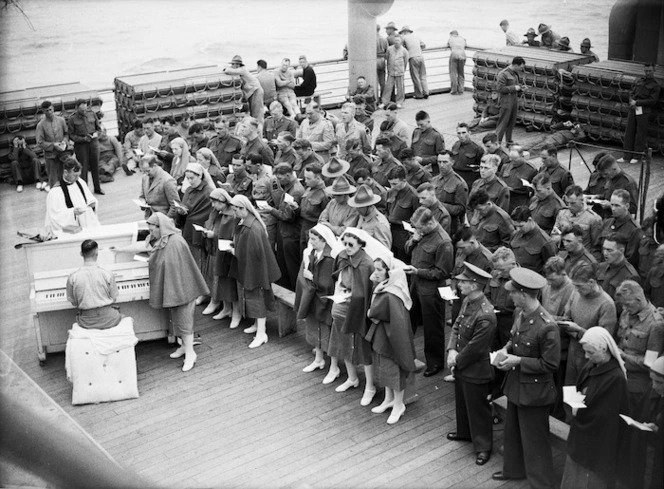
The Final Voyage of the NZHS Maunganui
Over the next two years, Maunganui transported the sick and wounded from the Middle East to New Zealand. The Maunganui took ex-prisoners of war to the United Kingdom on her final voyage beginning on 23 November 1945 and ending on 20 March 1946, when she brought back to New Zealand the last of 2 NZEF invalids from Italy and Egypt. By this time, the total number of patients the ship had carried was 5677.
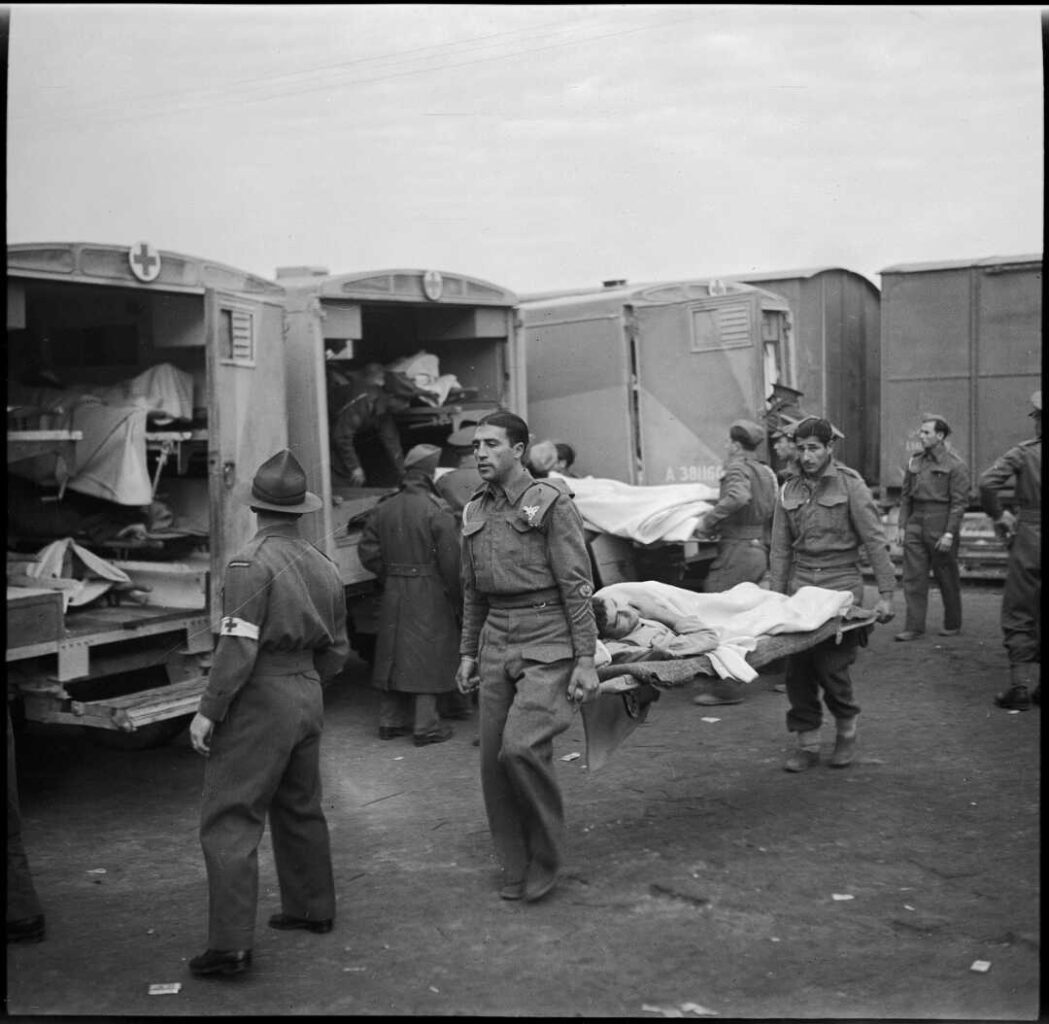
Reverend Vickery completed many successful voyages as the Hospital Ship Chaplain on the Maunganui, eventually returning home to Auckland to resume his work as Missioner for the Flying Angel Missions to Seamen. In 1945, he was honoured for his war service and work as Missioner when he was appointed as a Canon of the Auckland Cathedral by Bishop Simkin.


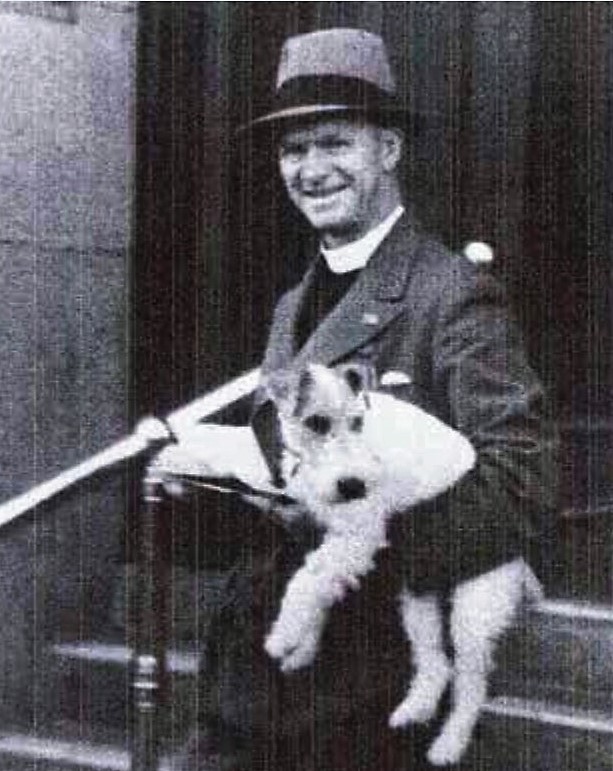
![Image: Letter from Rev. H K Vickery to Archdeacon H A Hawkins regarding volunteering, 21 January 1941 [Archives reference: ANG 55-6-16]](https://www.kinderlibrary.ac.nz/wp-content/uploads/2023/04/Hospital_Ship_Chaplains_ANG-55-6-16-21-Jan-1941-e1682468887813.jpg)
